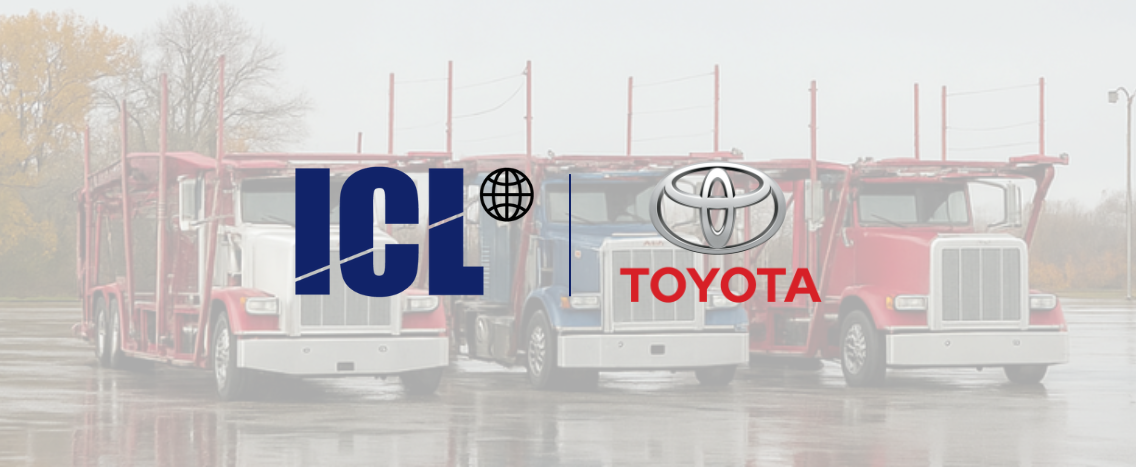-
Products & Services
-
Rail Shipment (RSVP)
Premier visibility for railcar tracking & management
-
Rubicon VLS
Trusted 3PL expertise for finished vehicle logistics
-
Vehicle Logistics (VLMS)
End-to-end visibility for finished vehicle shippers
-
YMS Express
Turnkey solution to manage your yard operations
-
Network Optimization
Optimize or design your transportation network with ease
-
AutoLoad Planner
Streamline your load for maximum efficiency
-
Additional Services
Even more custom service solutions to support all your logistics needs
-
- Solutions
- Events
- Resources
-
Company
-
About
We're proud to be a leader in product visibility and invoice auditing solutions throughout the logistics supply chain. Learn more.
-
Careers
Looking to join our team of award winning experts? Check out our open positions now.
-
Contact us
We want to hear from you! Get in touch with us today.
-
Legal
For the fine print on our privacy policy, cookies and data, & more.
-
Information Security

See how we keep your data safe with certified security practices, secure systems, and constant monitoring.
-







